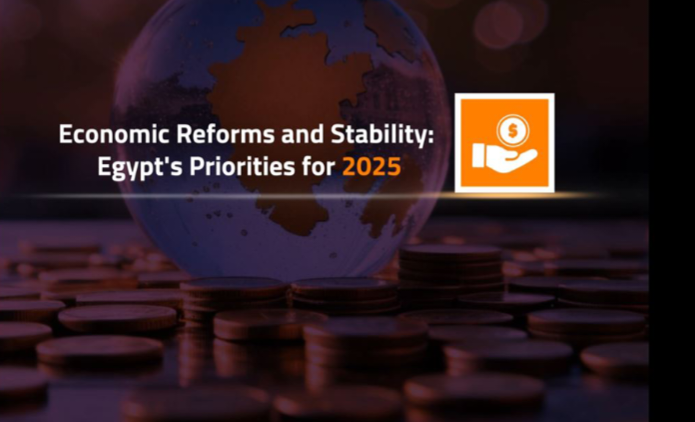Poultry Prices Fluctuation Causes Dissatisfaction
Updated 1/17/2023 2:01:00 AM
Arab Finance: In the past few months, chicken farming has become costly due to the prices of feed, which affected poultry processing in Egypt. Recently, the poultry market has been going through price hikes that resulted in different views of consumers, and impacted restaurant business. Not only has increased the price of chickens, but also the prices of eggs and even chicks have climbed, as one chick costed EGP 12-14 on January 12th, according to Al Ahram Newspaper.
Prices Hike Building Up
In October 2022, feed supply, including corn and soybeans, has faced a shortage due to imports control and the blockage of feed shipments at ports. This shortage has cornered many poultry farmers to cull chicks.
Egypt "is largely self-sufficient in both poultry meat and eggs," according to the United Nations' Food and Agriculture Organization (FAO). However, in October, Hussein Abdul Rahman Abu Saddam, the head of the Farmers' Syndicate, expected that the attempt to get rid of the chicks by killing them would lead to a raise in poultry prices in the near future, and might lead to a deterioration of the poultry wealth in Egypt and an increase in the depletion of hard currency to import white meat to meet the needs of the local demand for poultry and eggs.
Safaa, a 50-year-old housewife farming poultry at home, tells Arab Finance: “In the past few months, feed prices have greatly increased. So, the cost of raising poultry is high, and maybe the profit is not much, counting the dying chicks, which are around 7-8%, and adding the prices for chicken medicines.”
Feed prices have started to decrease over the past two weeks, but the decline is not noticeable for individuals raising chicken or ducks at home, according to Safaa, who adds: “The decrease is only EGP 500 per ton, whereas the feed price is around EGP 24,000 or 25,000 per ton.”
Due to the costly process of poultry farming, or keeping poultry at homes, the prices of chicken exceeded EGP 60, while the price of chicken fillet reached EGP 140. Furthermore, the egg exchange ranged between EGP 85 and 88 per plate.
Poultry prices have started to decrease, recording EGP 53-54 per kilo of white chicken on January 13th, and we are yet to see if the market will stabilize anytime soon.
Poultry High Price Impact
Amid the increasing prices, several media platforms and bloggers started discussing replacing chicken with chicken feet as a source of protein at a lower price. Moreover, several consumers and poultry sellers have been calling for boycotting the pricey poultry products. However, chicken and eggs remain a cheaper source of protein than beef, therefore, poultry trade has not halted.
Poultry prices have also greatly affected restaurant businesses. Osama, a 36-year-old restaurant owner, tells Arab Finance: “Poultry represents about 50% at most of the basic components of restaurants, and the surge in poultry prices forced restaurants to raise prices, however, the amount we increase will not be as much as the increase in poultry prices, which had a great impact on the budget of the restaurant profession. Therefore, we resort to rationalizing other items of the budget, such as marketing, which had a negative impact on sales.”
Moreover, some citizens and poultry sellers have called, on social media platforms, for boycotting expensive poultry products, hoping that the prices will fall when the demand decreases.
Despite the slight decrease in prices, it is still not clear whether the poultry market will stabilize and have a positive impact in the near future.
By Sarah Samir
Related News











